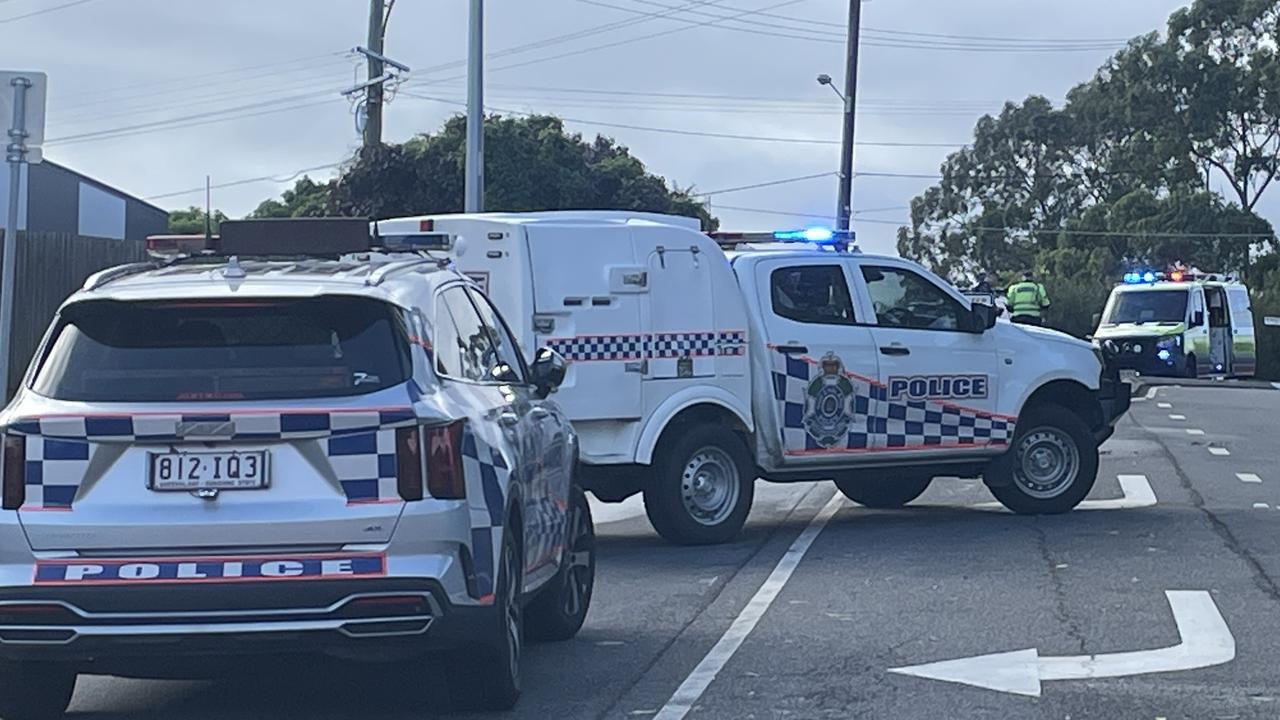Since reaching a peak in the mid 1960s there are only 15 drive-in movie theatres left in Australia
From a peak of 330 American-style drive-ins in the mid 1960s there are only 15 left in Australia which are still giving movie lovers and families a night out to remember. Where are they?
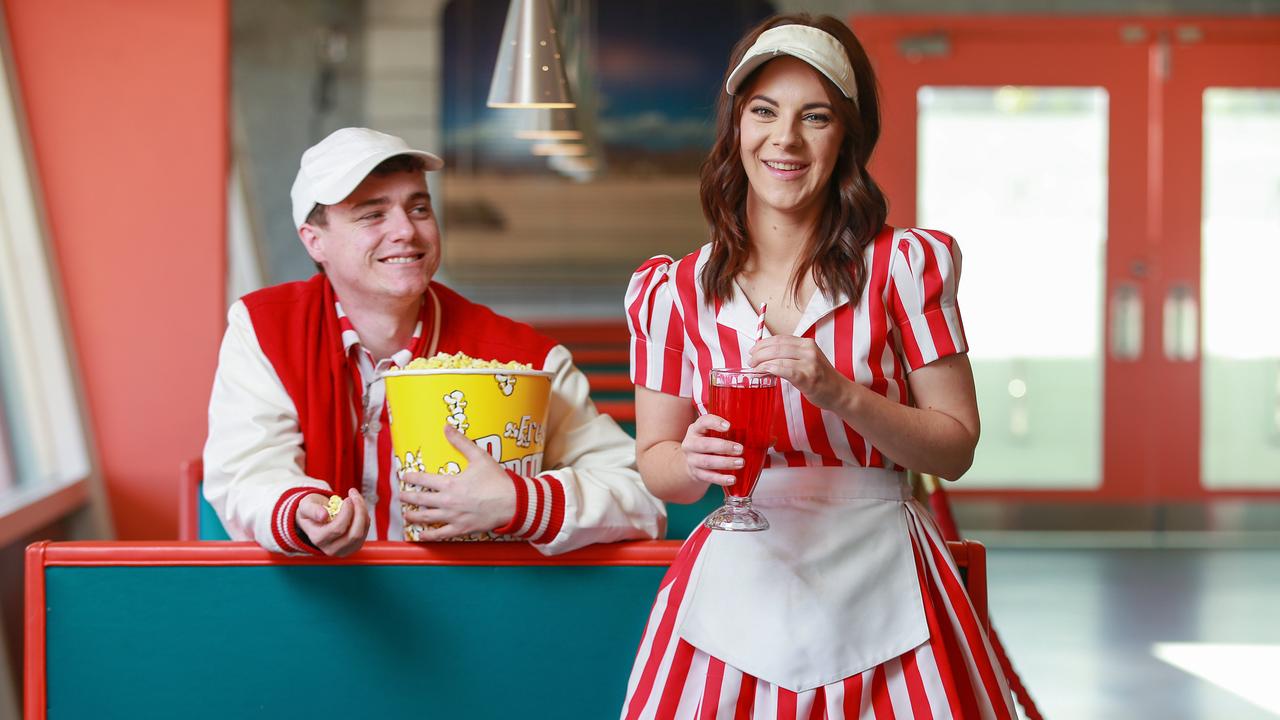
QLD News
Don't miss out on the headlines from QLD News. Followed categories will be added to My News.
Australia’s first drive-in theatre opened its gates in Melbourne in 1954 with the Danny Kaye film On the Riviera and the rest of the country was quick to follow.
A 1950s US phenomenon, Australia quickly followed suit and by the mid 1960s there were about 330 drive-ins around the country – usually on the edge of cities and country towns – just ahead of the urban sprawl.
With a benign climate, Australia had the third highest number of drive-ins globally, behind the US and Canada, and on those hot summer nights the family would pack into the car and teenagers would pack into the boot to snare a freebie.
However, after reaching its peak in the mid 1960s, the number of drive-ins started dwindling with increased competition from free-to-air television and other entertainment rivals like videos, the popularity of multiplex cinema and eventually streaming.
Indeed, the VCR was a major issue for drive-ins because people could watch R-rated sex films, which were one of the most popular films in the drive-ins in the 70s, at home.
Daylight savings can share some of the blame but mostly as property prices increased developers started offering big money to drive-in theatre owners for their prime parcels of land. For most it was an offer too good to refuse.
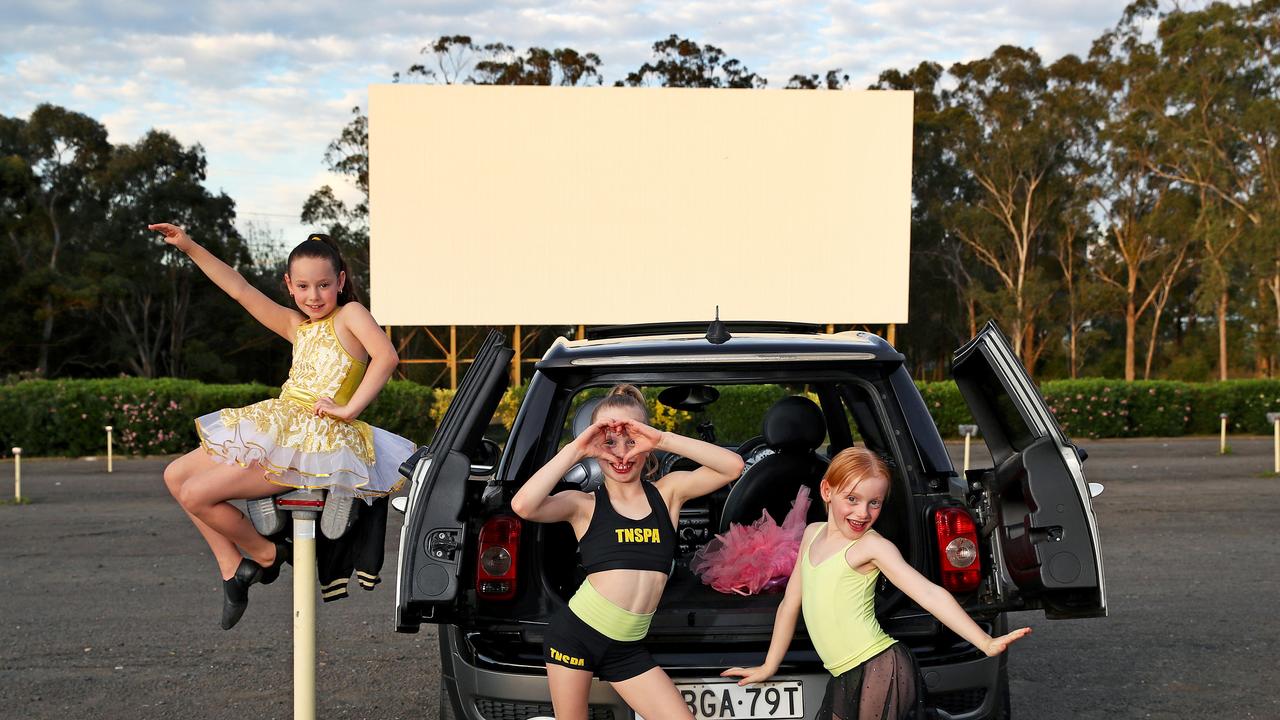
While there is an attraction over the summer months of watching a movie under the stars sipping a chardonnay on a bean bag, these so called moonlight cinemas are not made for vehicles and a far cry from the traditional dive-in theatres of the 1960s.
There are only 15 traditional drive-ins of varying characters left around Australia ranging from the small to large.
Many still have a dedicated following and owners dream up events and new ways to get the punters in.
While some remain financially viable and are operated by major cinema chains, while others operate once a week but are still the focal point of town and are manned by enthusiastic volunteers to keep the screen lit.
Here’s where to find the last few remaining – and what happened to the others:
New South Wales
The Skyline drive-ins at Frenchs Forest and Dundas were Sydney’s first and they opened simultaneously on October 24, 1956. Probably the last of Sydney’s drive-ins to be built, the Parklea Skyline drive-in opened in 1976 with Rachel Roberts in ‘Picnic At Hanging Rock’. It lasted less than eight years, closing in 1984. There are only two remaining in the state.
Heddon Greta Drive-In, north west of Newcastle
Originally opened in 1967, it was one of the last drive-ins in NSW. The drive-in was originally owned by Greater Union. It closed in 1984 and remained neglected for several years before being resurrected in 1997.
Skyline Drive-In Blacktown, in Sydney’s western suburbs
In Sydney’s western suburbs, the Blacktown Skyline drive-in opened in 1963 as a single screen site and a second screen being added in the 1980s. It has a capacity of 700 cars and is currently operated by Event Cinemas.
Victoria
The first American-style drive-in theatre to open in Australia was the Skyline in the Melbourne suburb of Burwood on February 18, 1954. It proved to be popular and caused traffic jams, sparking nationwide interest. The original syndicate that built and ran it was later bought out by cinema giant Hoyts. The drive-ins started to close in the 1970s and there are only two left in the state.
Dromana 3 Drive-In in Dromana on the Mornington Peninsula
The Dromana Drive-In opened in 1961 with a capacity of 485 cars. It has since been expanded to a three screen operation. It is run by the Whitaker family and is the only one of three dive-in theatres in Australia that have never closed since the 1960s, operating continuously since its inception.
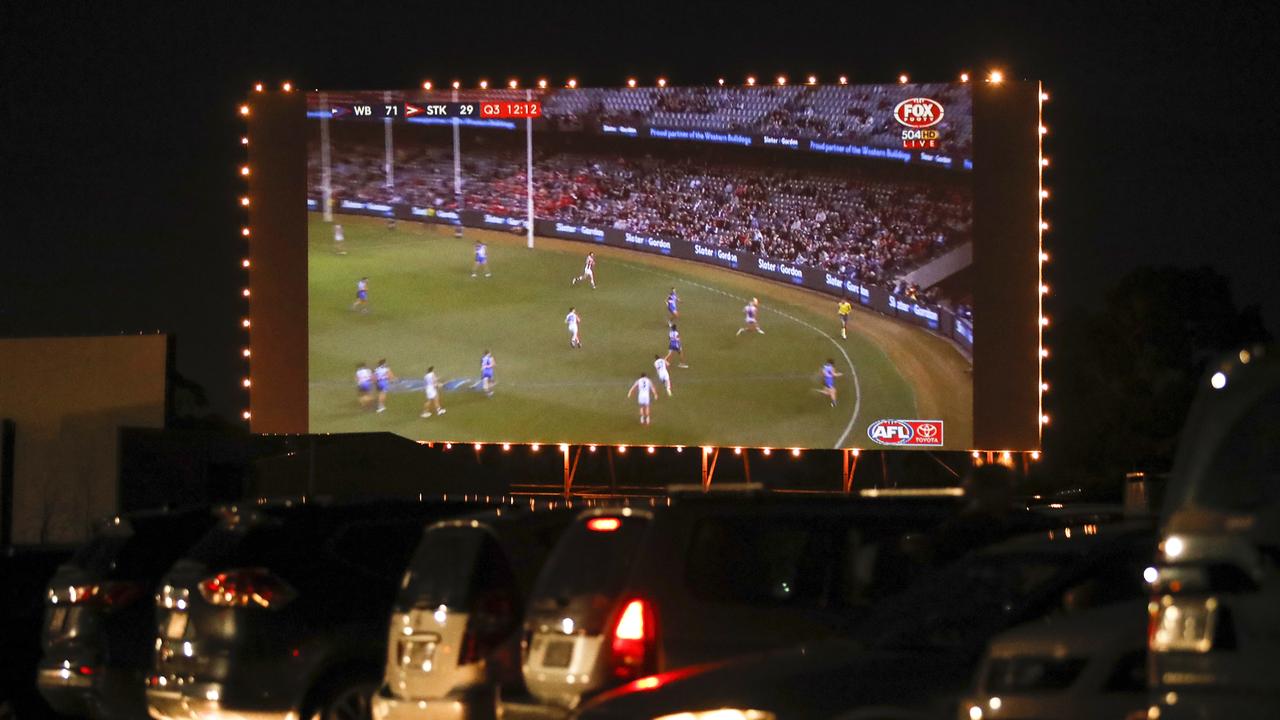
Village Cinemas Coburg Drive-In in Melbourne
Originally opened in 1965, it is a rare surviving example of a drive-in cinema. The Big Six chain were the original owners for the first two years of operation, until Hoyts acquired it in 1967. It is a heritage-listed drive-in and is now operated by Village Cinemas. In 2018, the land was sold to property giant Charter Hall for $12.5m and leased back for an initial 10-year term.
Queensland
Brisbane’s first drive-in was the Capalaba which opened in 1955 and the Boondall Drive-in opened a year later which at the time had the largest screen in Australia as well as a merry-go-round, miniature Cobb & Co coach and Shetland ponies to ride. The site of the Boondall Drive-In has now been developed into housing.
At one stage Queensland had more than 50 drive-ins but nowadays there are none in suburban Brisbane with two still left in the South East corner, although there are four others in regional areas.
Five-Star Cinemas, Yatala Drive-In
Between Brisbane and the Gold Coast, the Five Star Yatala Drive-In, formerly known as Beenleigh Drive-In, opened in 1974. In 2000, it was renamed Yatala Twin Drive-In when a second screen was added. It is owned by the Sourris brothers, Stephen and Peter, who also own a string of South-East Queensland cinemas. It now boasts three massive screens – the biggest of which is 33.5m wide.
Tivoli Drive In Theatre, Chuwar, in Ipswich
The drive-in first opened its gates in 1976 in north Ipswich and quickly became an iconic venue. The drive-in closed in March 2000 and the property was purchased by Rivers of Life Christian Church in 2003.
It was dedicated as the Tivoli Miracle Centre with a vision of transforming the derelict former cinema into a thriving seven-day a week Church and Community Centre.
In 2008 the church revived Tivoli Drive-In as a weekly community drive-in focused on providing families with low cost family oriented entertainment, and providing employment and work skills training opportunities for unemployed young adults and youth.
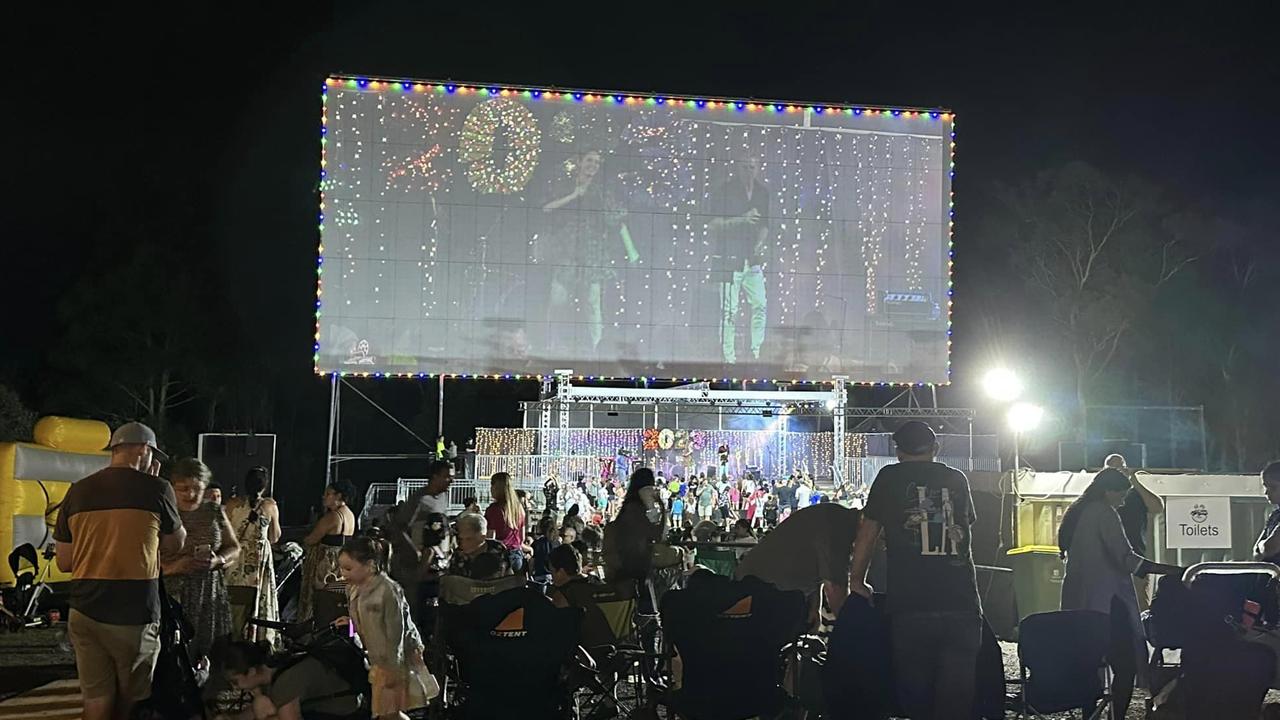
Jericho Drive-In in central Queensland.
It is possibly the smallest drive-in theatre in the southern hemisphere with room for only 36 cars. It opened in 1966 and the drive-in operates on the third Saturday of the month and is run by volunteers from the Jericho State School P & C.
Mareeba Drive-In, in Far North Queensland
Far Northern Theatres built the Mareeba Rodeo Drive-In, opening its gates in 1962. In 1972, Birch Carroll & Coyle acquired it, however, by the mid-1980s, the company withdrew from the market, prompting Norm Janke to purchase it which he managed until its closure in 1998. In 2002, the drive-in was revitalised under Sam Torrisi’s ownership and could host up to 300 cars. By 2013, it successfully transitioned from traditional film to digital screenings and is owned by siblings Craig Torrisi and Ann-Marie Donnelly.
Tors Drive-In at Queenton in Charters Towers
Cinema pioneer Jack Feldt built the Tors Drive-In, and it opened on St. Patrick’s Day in 1966 with a capacity for 300 cars. In 1990 the Snell family purchased the Tors Drive-In and it now has two screens.
Stardust Galaxy Drive-In at Ayr
The family owned drive-in theatre was built in 1964 and is open all year round showing double features every Friday and Saturday night.
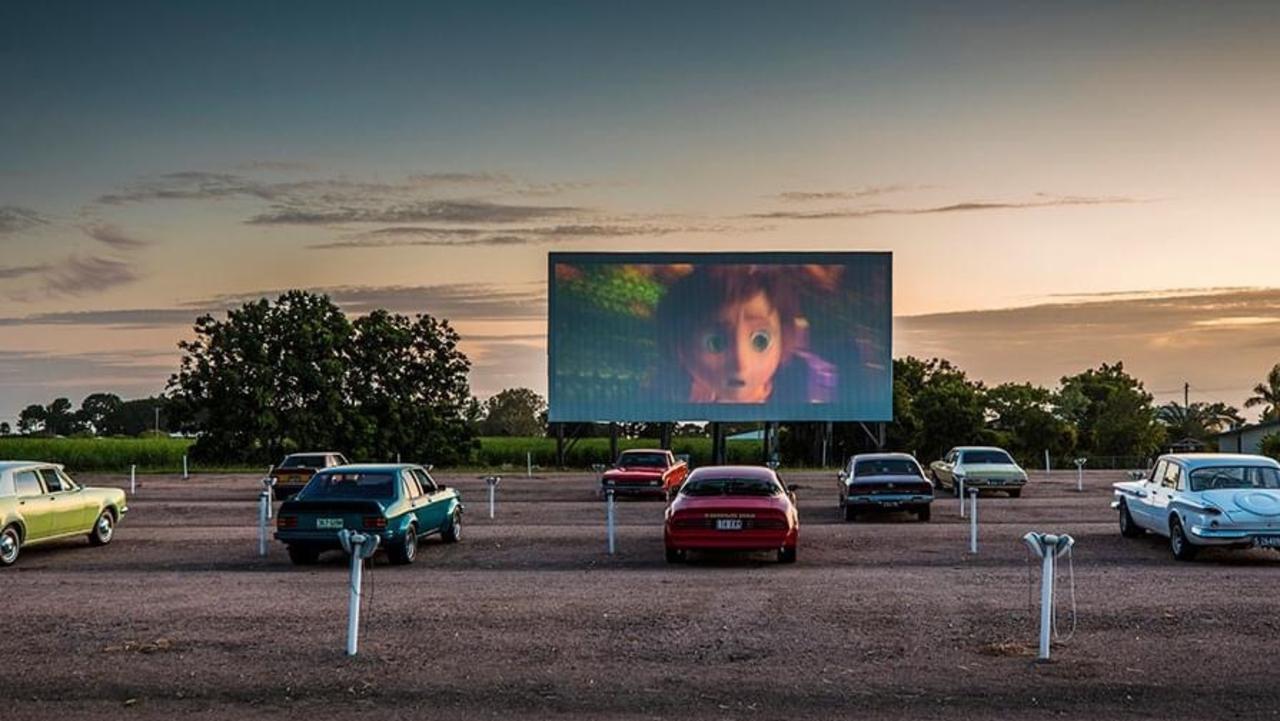
Western Australia
The first conventional drive-in located in Western Australia was the Highway, opened in the Perth suburb of Bentley in October 1955 with the screening of Cecil B. DeMille’s The Greatest Show on Earth. It was built on an old dairy farm and featured a 13m high by 15m wide screen with a 642 car capacity, children’s playground, mini golf course, cafeteria and about 30 staff. The innovation produced a boom in drive-ins in Perth until the late ‘70s when they started closing. The Highway closed in 1994 and there remains one left in the city and a number of regional drive-in venues left.
Galaxy Drive-In at Kingsley, in Perth
Located in Kingsley to the north of Perth. The Galaxy Drive-In opened in 1973 with 80 Steps to Jonah and What’s Up Doc. It has capacity for 300 cars.
Dongara Denison Drive-In
The Dongara Denison Drive-In, also known as Port Denison Drive-In, is a heritage-listed drive-in theatre that was built in 1967. It has been managed by volunteers since 2009, primarily from the Dongara Denison Surf Club.
Koorda Community Drive-In, north east WA
The Koorda Community Drive-in, in the north eastern Wheatbelt region of Western Australia, opened in October 1965 and Paddy Baker was its first operator. It closed in 1983 but reopened in 1987. It has a capacity of 110 cars, has been updated to digital, and screens monthly.
Tom Price Drive-In, northern WA
A thousand kilometres from Perth once a fortnight, during the dry season, residents of the mining town are treated to a movie screening at the town’s drive-in cinema.
South Australia
The Blue-Line drive-in located in West Beach was the first drive-in located in South Australia, and the first to be constructed outside of Melbourne. It was opened on December 28, 1954 and was followed by the Mainline Drive-In at Gepps Cross in 1955 and at one stage the state had more than 50. Mainline Drive-In at Gepps Cross was last owned by the Wallis family who closed it in 2022 citing the introduction of daylight savings, film piracy and the impact of the covid pandemic being the last straw. There is only one drive-in theatre left in South Australia.
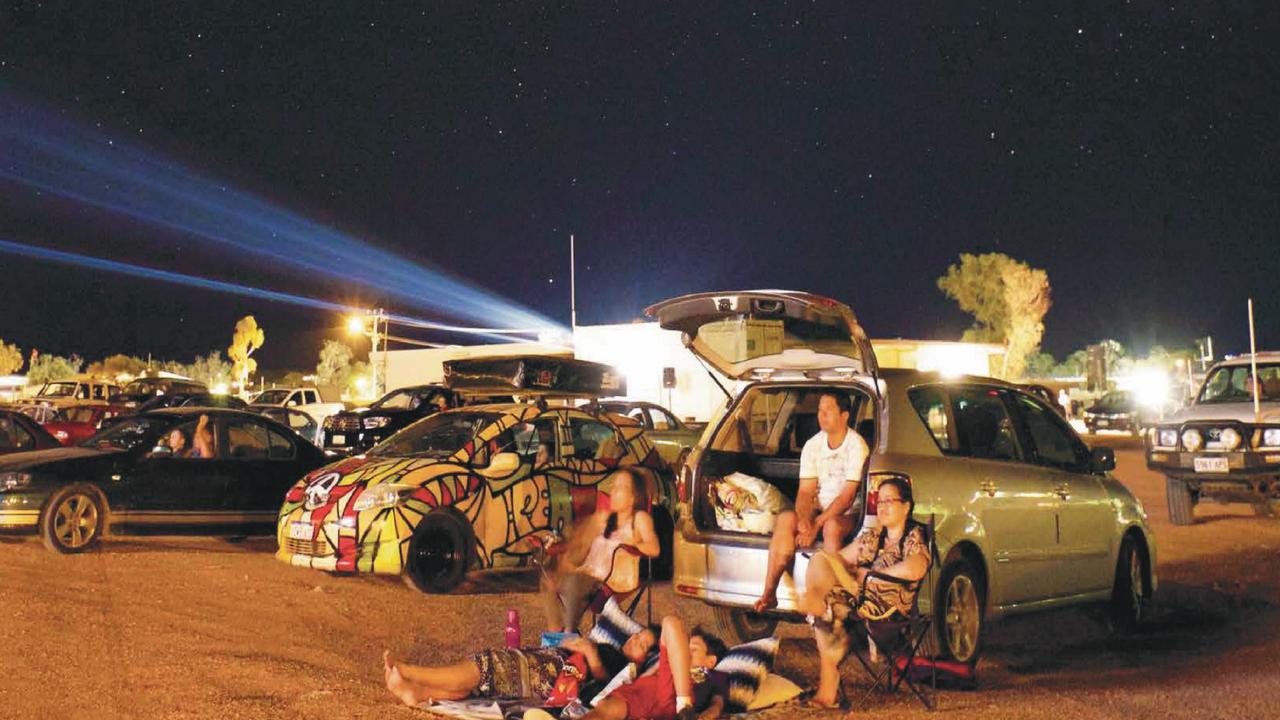
Coober Pedy, northern SA
While dozens of country South Australian drive-ins have closed the Coober Pedy Drive-In remains the state’s only drive-in. It was built in 1965 and being an opal mining town had a ban on miners bring explosives in the vehicles in to the drive-in.
In its heyday, the drive-in catered for 500 vehicles and eight different films were shown each week, giving Coober Pedy the highest rate of film turnover in Australia. However, television arrived in 1980 and it closed down in 1984. It reopened in 1996 by a private group and after the lease ran out in 2000 a group of volunteers took over, showing films fortnightly. In 2023 winds of up to 125km an hour destroyed the screen but its back operating on Friday and Saturday nights.
Tasmania
The Elwick Drive-In in Hobart opened in 1957 and was the first venue on the island. It was reputed to have the largest screen in Australia, measuring 330 sqm in size and hosting 418 cars. The last of Tasmania’s traditional drive-in theatres at Elwick and Mowbray were closed by Village Cinemas in March 1985.
Australia’s Capital Territory
At one stage the ACT had two drive-in theatres, the Starlight in Watson – which opened in 1957 and closed in 1993 – and the Sundown at Narrabundah – which opened in 1968 and closed in 1984 and is now a which is now a motel and private housing village.
Just over the ACT border in Queanbeyan the Southern Cross Drive-In theatre opened in February 2018 but closed a month later after a severe storm damaged the screen.
Northern Territory
Darwin was home to the Paspalis (Nightcliff) Drive-in Theatre, the largest privately owned drive-in located in Australia, which was opened in 1965 and closed 20 years later.
The Alice Springs Star line Drive-in operated from 1975 to 1990 closing when the local cinema opened and there are currently no operating drive-ins in the territory.
More Coverage
Originally published as Since reaching a peak in the mid 1960s there are only 15 drive-in movie theatres left in Australia





